Christie’s Announces AI Art Auction – And Not Everyone Is Pleased
The world of art is no stranger to controversy, and the latest announcement from Christie’s has ignited a heated debate. The legendary auction house has revealed plans to host an exclusive auction dedicated to AI-generated artwork, stirring excitement among tech enthusiasts and skepticism among traditionalists. While some view this as a groundbreaking moment for digital art, others question the implications for human creativity, ownership, and artistic integrity.
The Rise of AI-Generated Art
AI-generated art has been making waves in the art world for several years. Machine learning models, particularly those based on deep learning, have been trained to analyze and recreate artistic styles in ways that challenge conventional definitions of creativity. From projects like OpenAI’s DALL·E to individual digital artists using AI tools, the landscape of fine art has begun shifting.
Christie’s, well-known for its role in bringing digital art to the forefront with prior NFT sales, is now taking another bold step. The inclusion of AI-generated pieces in a high-profile auction signals a growing acceptance of algorithmic creativity as a legitimate art form.
How AI Art Auctions Work
AI-generated artwork is created using complex datasets, often trained on thousands of images from historical artists. These models, such as Generative Adversarial Networks (GANs) and deep neural networks, produce unique compositions that blend various styles and influences. Unlike traditional artists who may spend years developing their techniques, AI can generate countless variations within minutes.
Christie’s auction will feature:
- AI-Created Masterpieces: Paintings, sculptures, and digital works generated entirely by machine-learning algorithms.
- Collaborative Pieces: Works where AI assists human artists, blending human intuition with machine-generated patterns.
- Digital Ownership Formats: Many pieces will be auctioned as NFTs (non-fungible tokens) on blockchain platforms.
This auction is one of the first of its kind, highlighting AI’s role not just as a tool but as a creator in its own right.
The Backlash – Not Everyone Is Pleased
Despite AI art’s growing popularity, skepticism and resistance remain strong. Many traditional artists, curators, and collectors argue that AI-generated artwork lacks the emotional depth and intentionality found in human-created pieces. The debate centers on several key concerns:
1. The Question of Creativity
Can a machine truly be creative? Critics argue that AI is merely recycling existing techniques, producing works based on patterns and programming rather than genuine artistic vision. They believe that true art comes from lived experiences, emotions, and cultural influences – elements that AI lacks.
2. Ethical and Legal Concerns
Another contentious issue surrounds copyright and attribution. Since AI models are trained on existing works, who holds the rights to AI-generated pieces? Critics worry about uncredited influences and the potential misuse of copyrighted material in AI datasets.
3. Devaluation of Human Art
Some artists fear that AI-generated artwork could flood the market, diminishing the value of human-created pieces. If collectors begin favoring AI-created art due to its convenience and novelty, it may become harder for independent artists to sustain their careers.
4. The Role of the Artist
Traditionally, the role of an artist has been to challenge societal norms, tell unique personal stories, and push creative boundaries. With AI-generated art, some argue that the human touch is being replaced by algorithms that lack individual intent.
The Future of AI in the Art World
Despite the criticism, AI-powered artwork continues to gain traction. Galleries, collectors, and museums worldwide are beginning to recognize machine-generated art as a legitimate genre. Some experts argue that AI should be seen as a new medium rather than a competitor to traditional art.
Potential future developments include:
- More Hybrid Artwork: Artists collaborating with AI to create pieces that blend algorithmic precision with human imagination.
- Refined AI Techniques: As AI models become more sophisticated, they may develop unique “personalities” in their art, further blurring the lines between human and machine creativity.
- Expansion of AI Art Marketplaces: NFT-based AI artworks will likely see wider adoption, creating new revenue streams for digital artists.
Conclusion
Christie’s decision to embrace AI-generated artwork through a dedicated auction is a bold and polarizing move. While it opens doors for digital and technologically driven artists, it also raises important questions about creativity, ethics, and the future of human artistry.
As this evolution continues, the conversation surrounding AI art will likely intensify. Will AI art redefine creative expression, or will it remain a novelty in the grander art narrative? Only time will tell.
What are your thoughts on AI-generated artwork? Should it be considered on par with human-created pieces? Share your views in the comments below!
< lang="en">
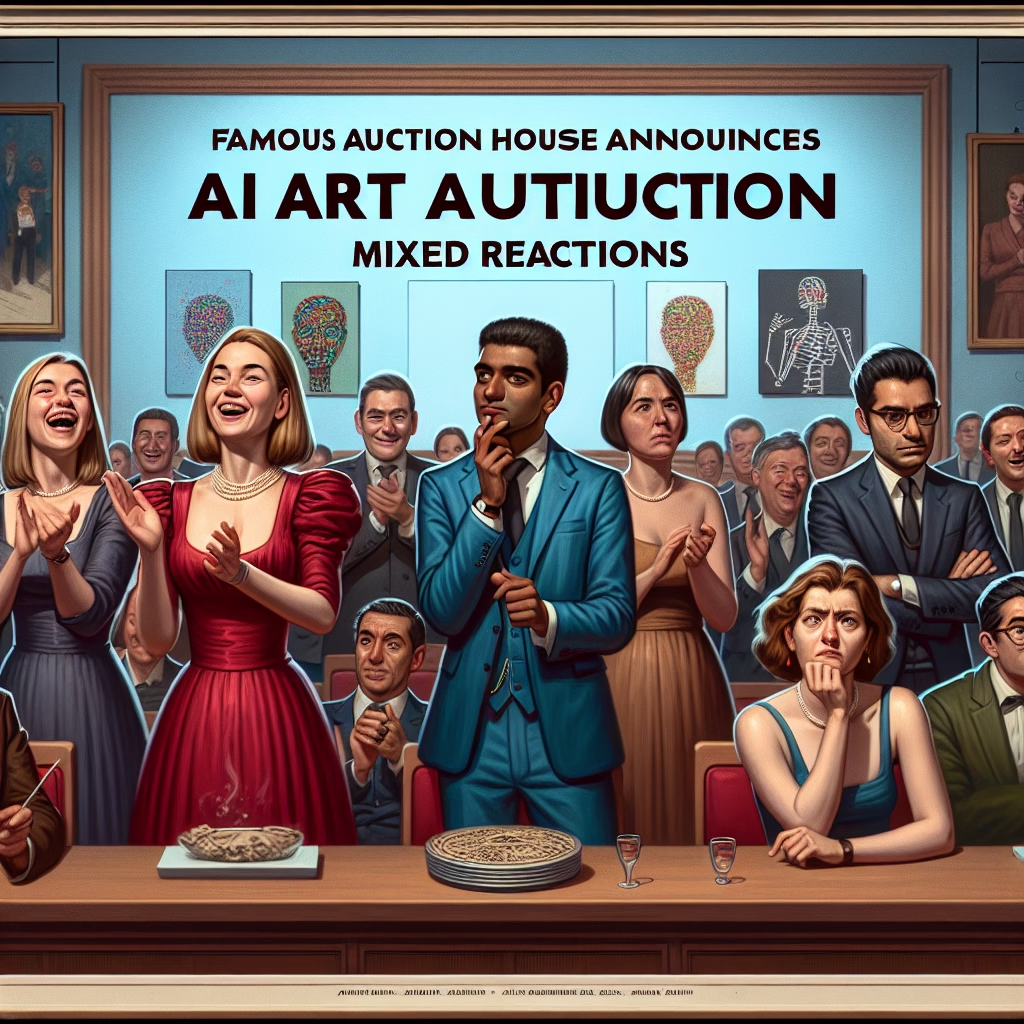

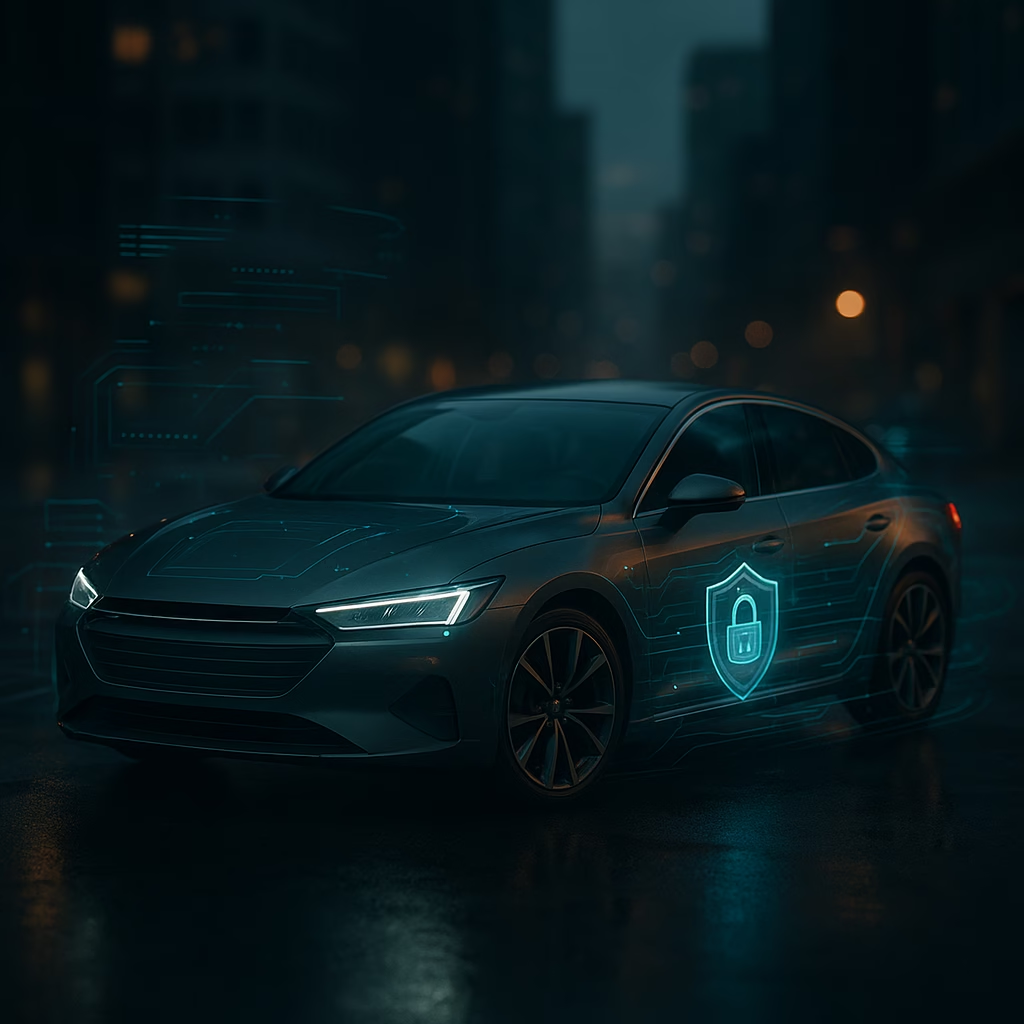
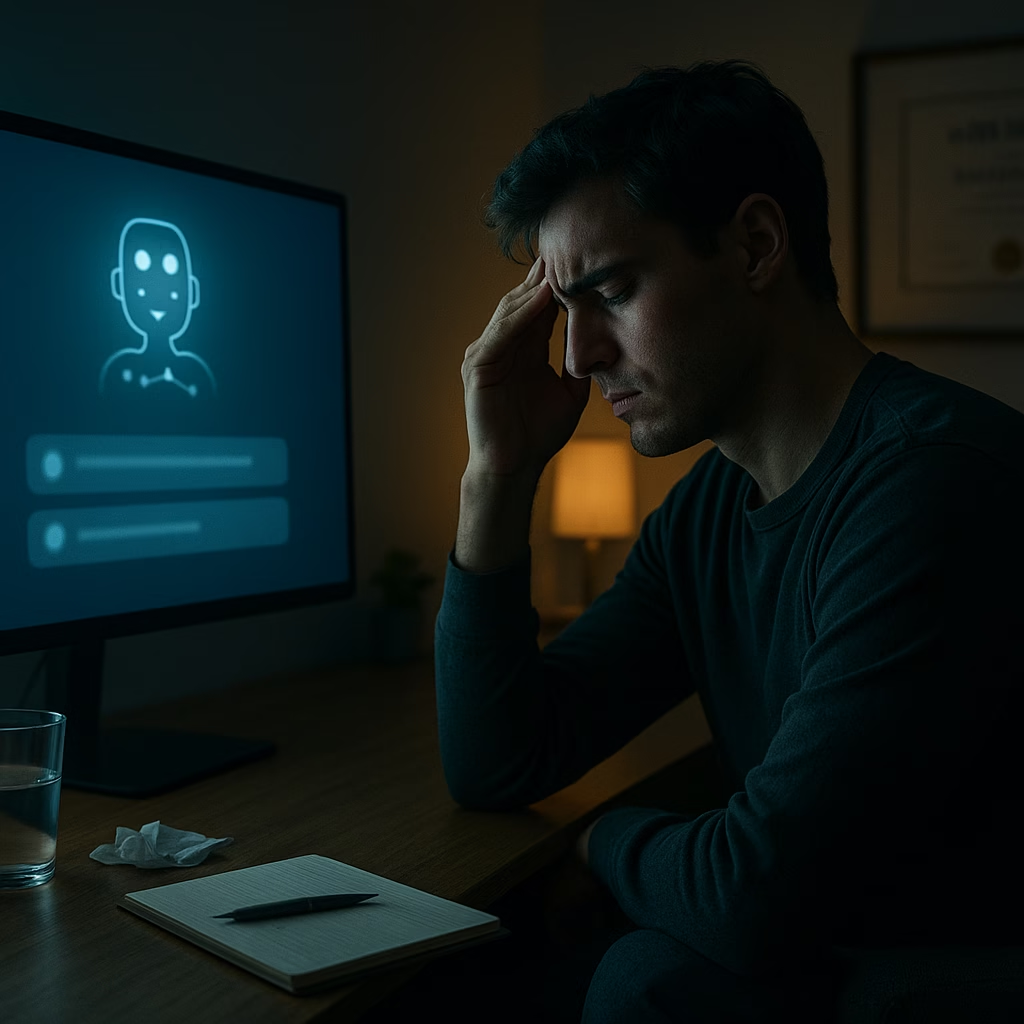
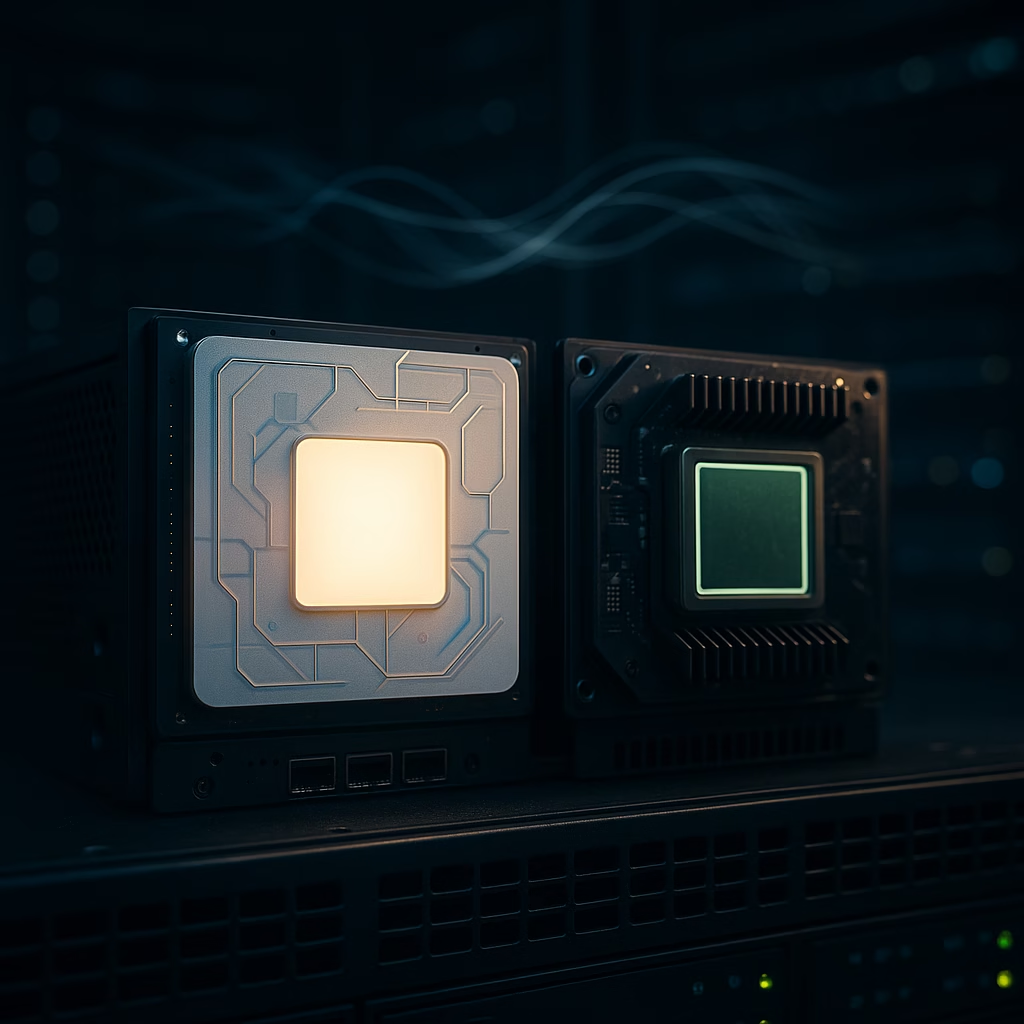
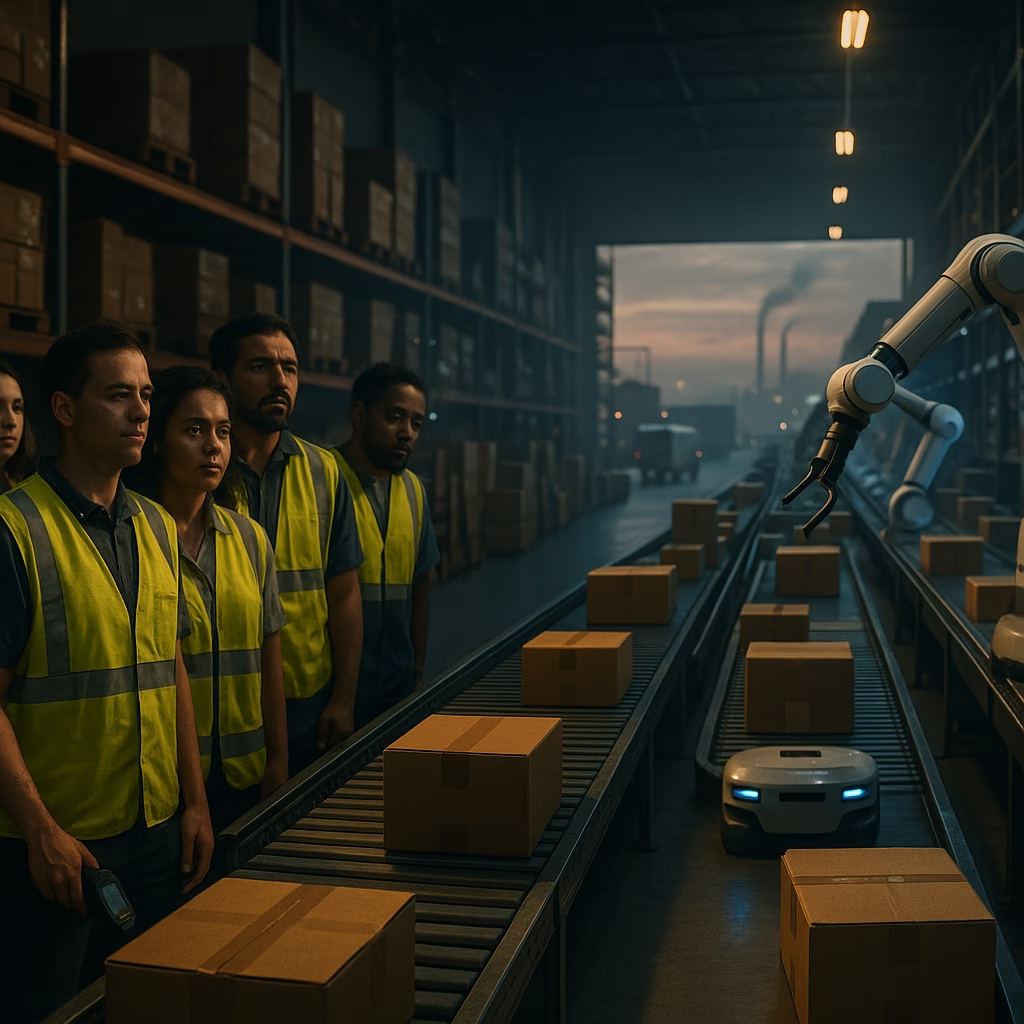
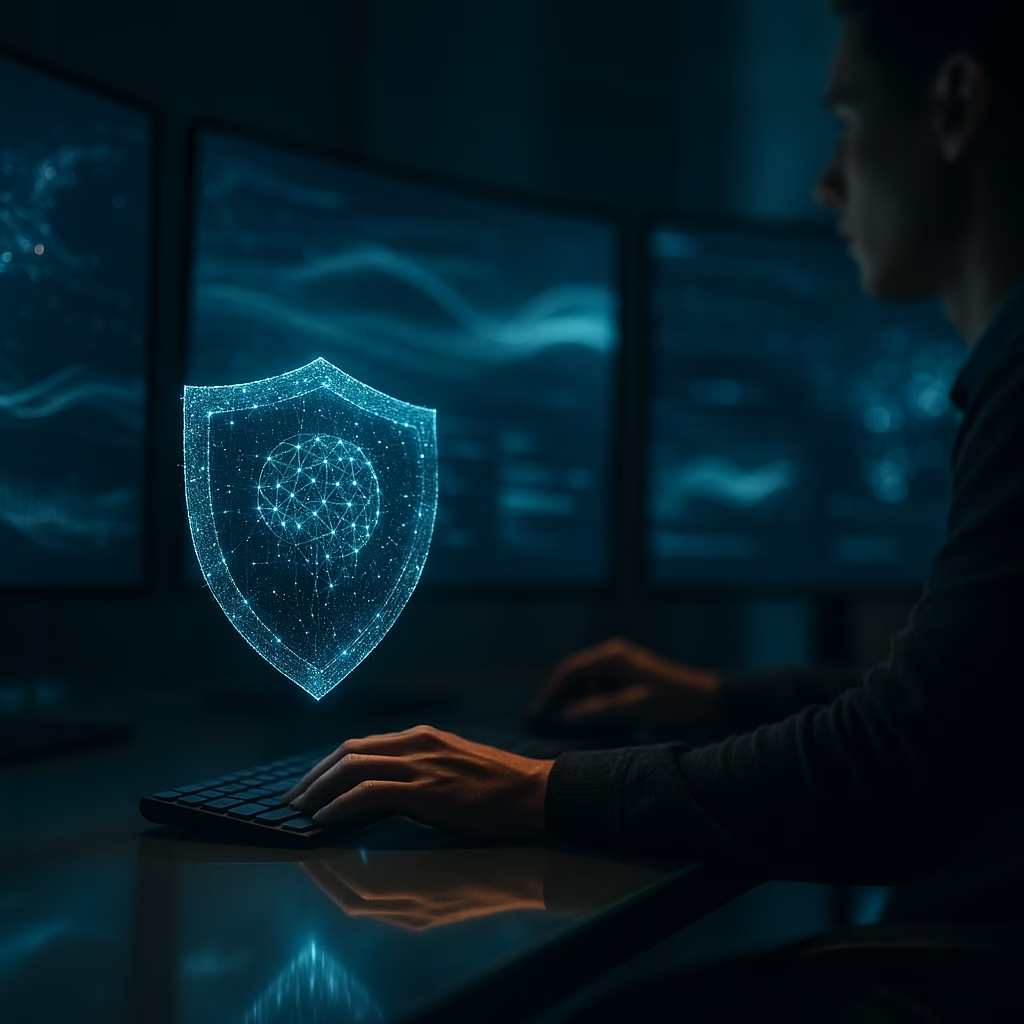
Leave a Reply